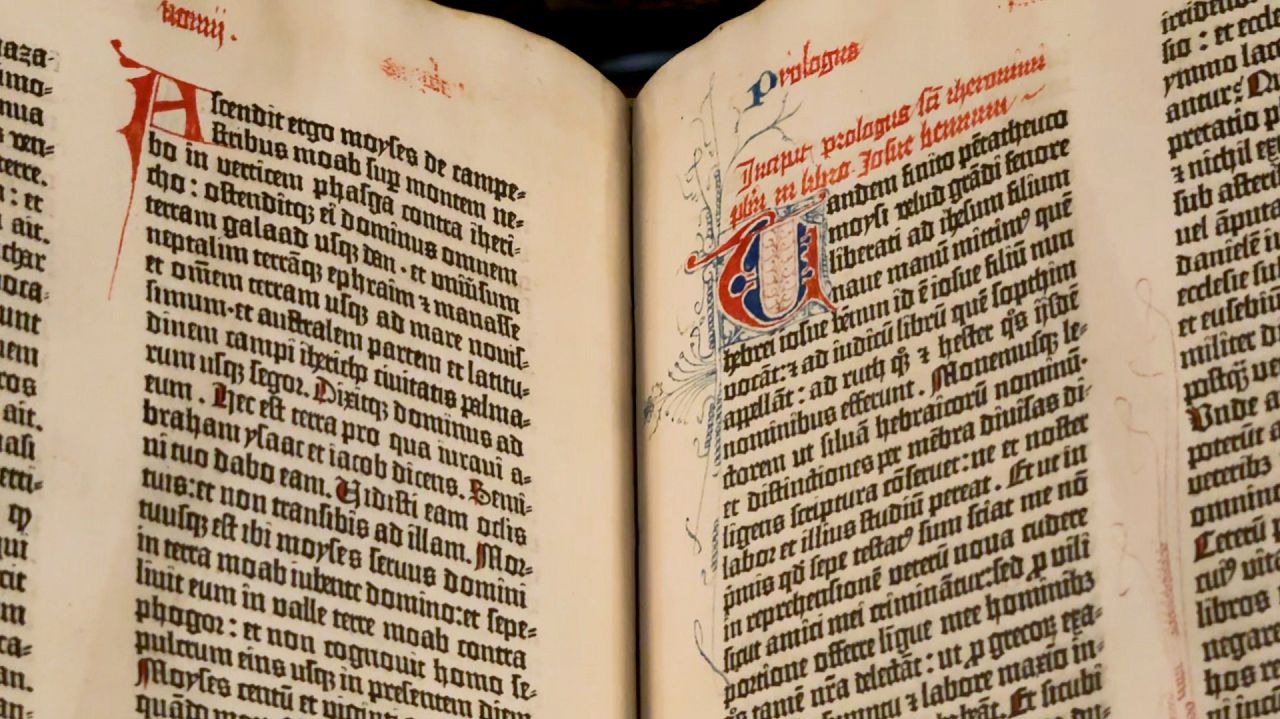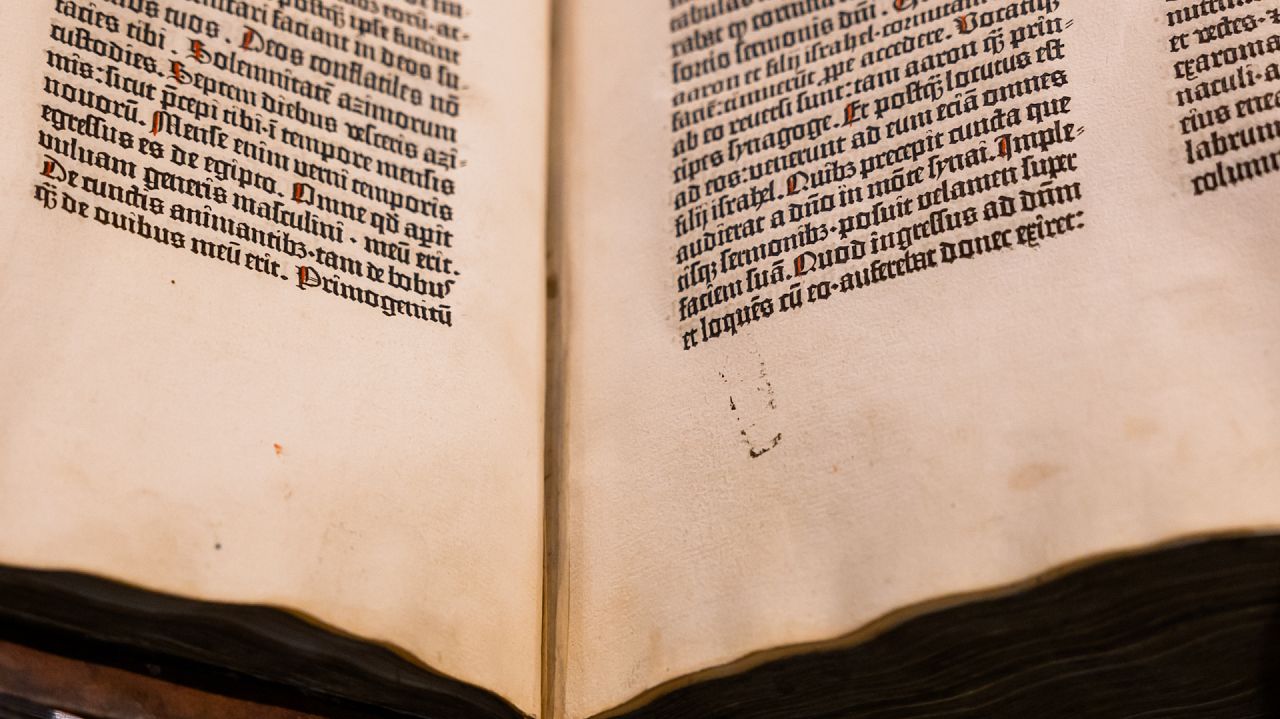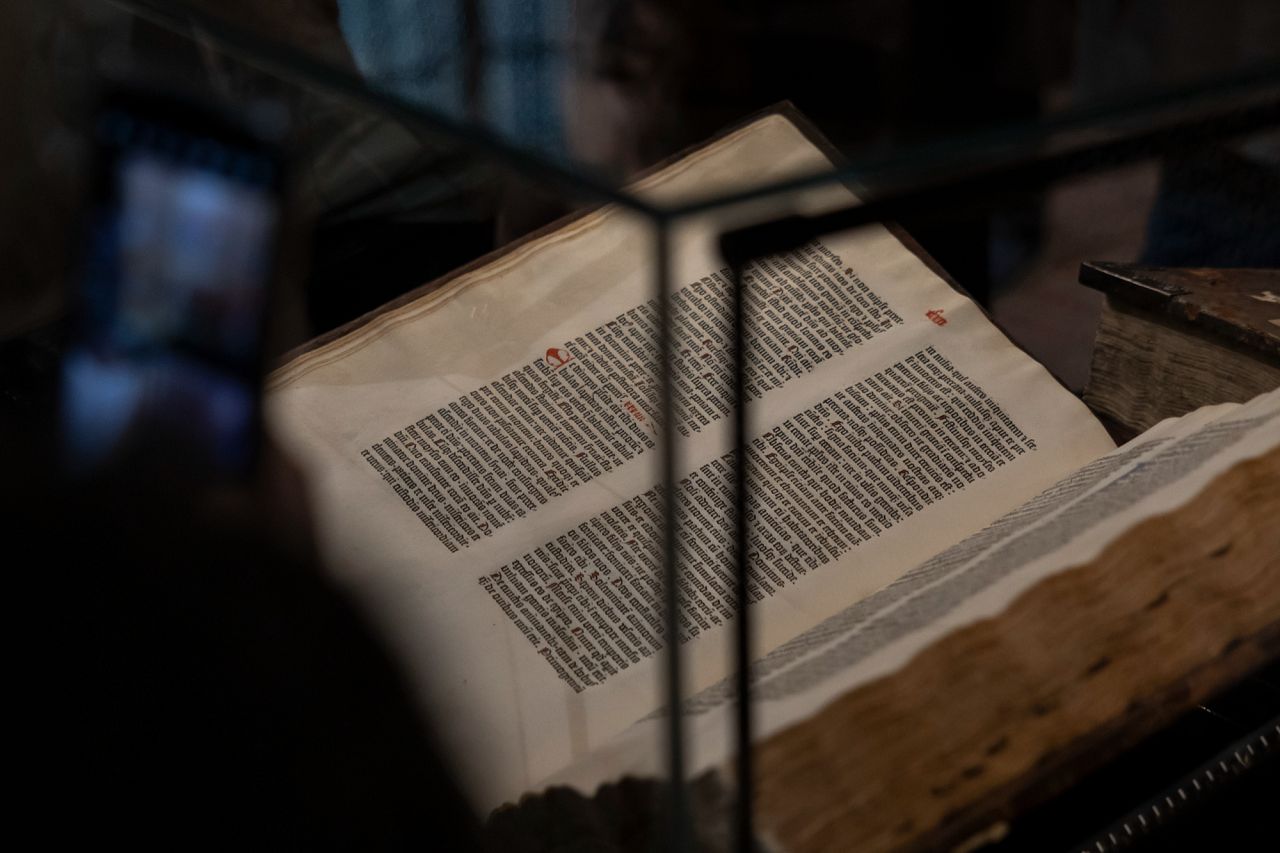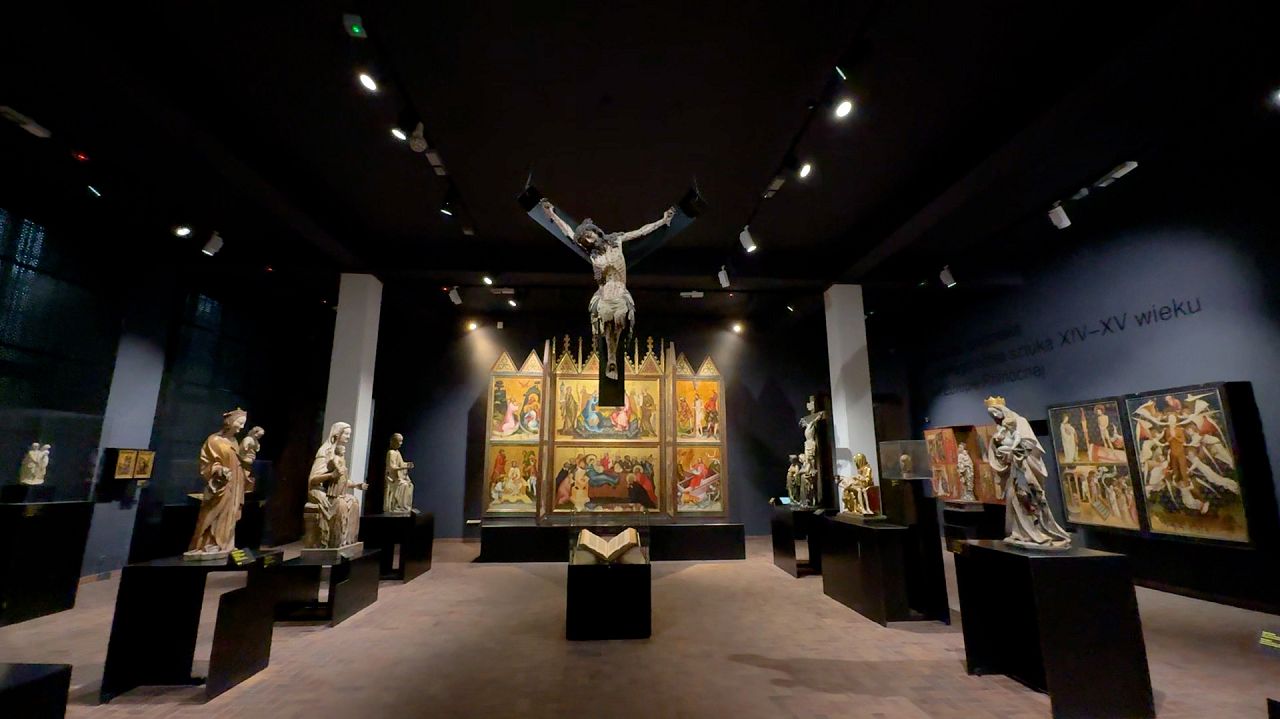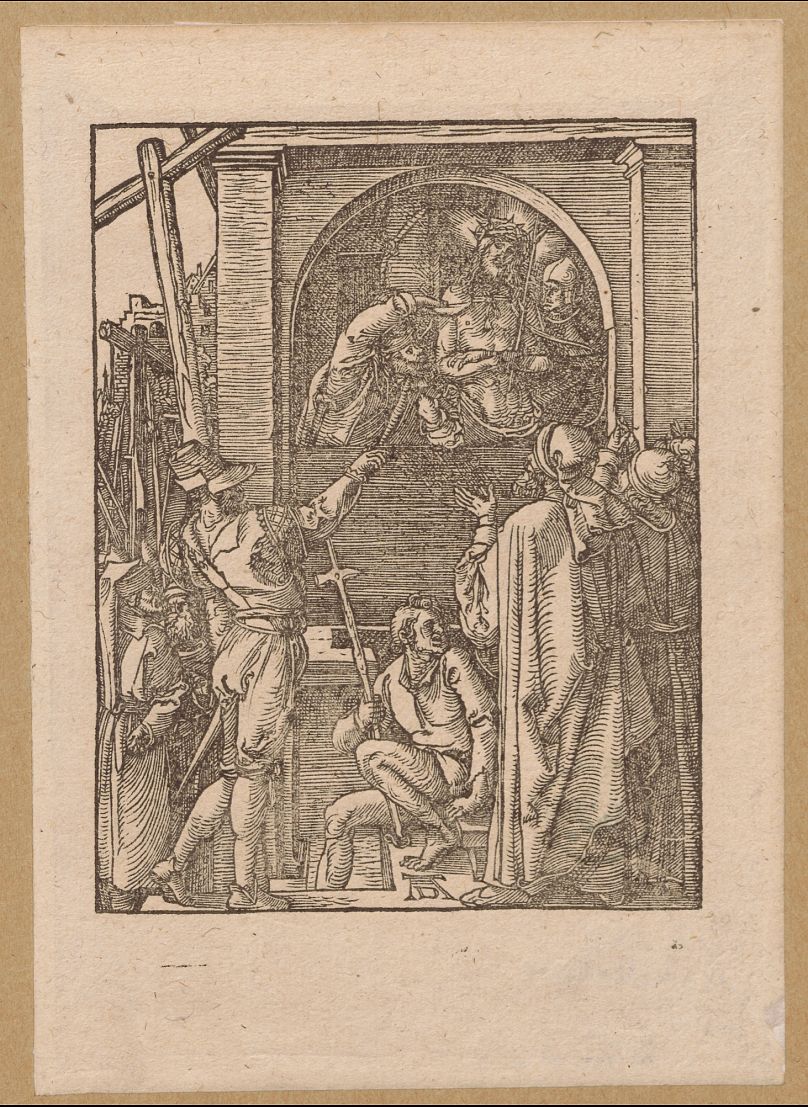The Gutenberg Bible The volume from the Diocesan Museum in Pelpin ranks among the most precious and intriguing surviving manuscripts globally. Originally gifted by Bishop Nicolaus Crapitz ofWarmia in 1502 to the Franciscan Reformed Convent in Lubawa, it remained there through the nineteenth century. Following the disbandment of this convent, the manuscript found its home in the Seminary Library inPelpli.
Currently, this invaluable volume—one of the first publications by the renowned printer Gutenberg—is exhibited in Warsaw. Its significance lies not only in its completeness, as both parts are present, but also because most of its pages have survived over time. Additionally, it retains its authentic 15th-century cover.
Even though this book was published centuries ago, it continues to play a role in contemporary historical findings. A small printing error in one of the initial volumes provided scholars with insights into Gutenberg’s techniques. This flaw occurred because a character had dislodged from its position within the typesetting. Consequently, these revelations shed light on the development of movable type technology, which is widely regarded as one of history’s most significant innovations.
{getCard} $type={post} $title={You might like}
“The idea itself [of movable type] was extremely innovative, because it allowed printing many identical copies of a book in a very short time. The use of movable type allowed the printing technique to be disseminated in Europe, which is why this innovation by Johannes Gutenberg is considered a great breakthrough. Nevertheless, it should be remembered that in 15th-century Europe, people were eager to print, print pictures, and print books, but not from movable type,” says Marcin Bogusz, curator of the exhibition.
Back to the National Museum
Despite its renown and significant global worth, fate did not consistently smile upon the ancient tome. Amidst the looming threats of war in 1939, the book was transported to Canada through Warsaw, Paris, and eventually Great Britain for safekeeping.
"It was transported to Canada, where it was stored in a bank vault alongside other culturally and historically significant items from Poland, including the manuscript of Gallus Anonymus’ chronicle and royal regalia. It remained there until the late 1950s before being returned to Poland," Bogusz notes.
It came back to Poland in 1959, yet prior to being returned to Pelplin, its place of origin, it was exhibited for multiple days at the National Museum in Warsaw.
Preserving the unique work
To properly exhibit the distinctive piece known as the Gutenberg Bible, meticulous preparations were essential. A bulletproof, climate-controlled display case ensures optimal preservation with temperatures maintained between approximately 20-23°C and relative humidity kept at levels under 45-55%.
"Due to this, even the most fragile material, such as paper, functions properly without sustaining damage," says curator Marcin Bogusz.
The regulations governing how the book may be displayed include limitations as well. The Bible can be shown for a maximum of 60 days annually, using minimal artificial lighting—while ensuring it remains protected from damaging ultraviolet rays of sunlight.
Richly handwritten pages are highly susceptible to damage from light exposure. Due to the dedication of art conservationists, adhering to these guidelines ensures that specialists can safeguard this distinctive artifact of European heritage for coming eras.
An exploration into the world of literature and reading
The exhibition featuring the Bible is complemented by a themed trail focusing on the late medieval era’s written and printed works. This route guides guests through depictions of books in paintings and sculptures, alongside figures engaged in reading or authoring texts, and an array of inscriptions serving different purposes.
Images of people with codices in their hands and inscriptions on medieval paintings are meant to help visitors realize how important a book was at that time.
However, beyond shaping how we engage with literature, writings, and media, the Gutenberg Bible also influenced significant developments in the realm of visual arts. At that time, artists embraced prints—a cutting-edge technology—to develop their creations.
Even though it was acknowledged that in ancient studios, artists crafted their own compositions—a standard practice in early art—it was also typical for them to draw inspiration from copperplate or woodblock prints, reproducing these images within their work," explains the curator. The exceptional prevalence of Martin Schongauer’s and Albrecht Dürer’s engraved copperplates illustrates just how widespread printmaking had become as the medieval era transitioned into the Renaissance period.
Monuments in the Medieval Gallery that were impacted by Gutenberg’s contributions have been identified using a specific emblem.
People who know the other pieces in the gallery can now appreciate how this valuable book influenced numerous contemporary artworks.

